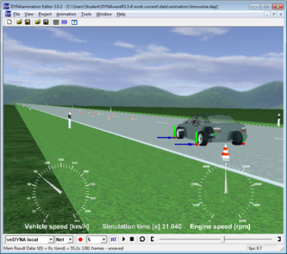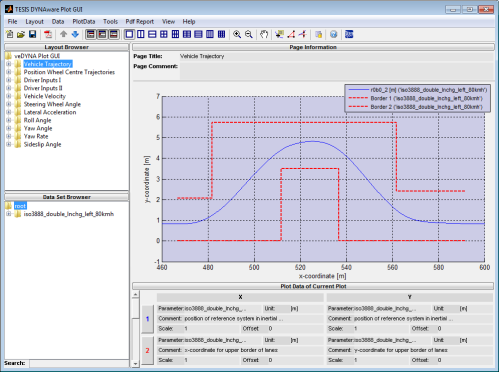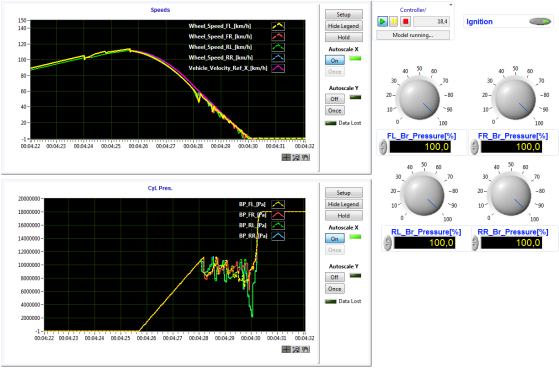Battery Sensor Software Integration Test
Automated software integration testing of EBS
- Test environment construction
- Specification and implementation of integration tests
- Switch to new development environment and compiler
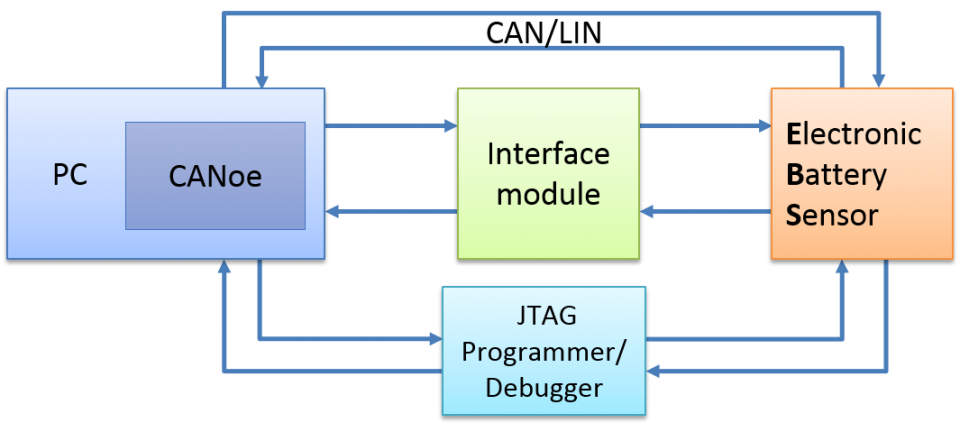
Diagnostics and testing of automotive electronic control instruments
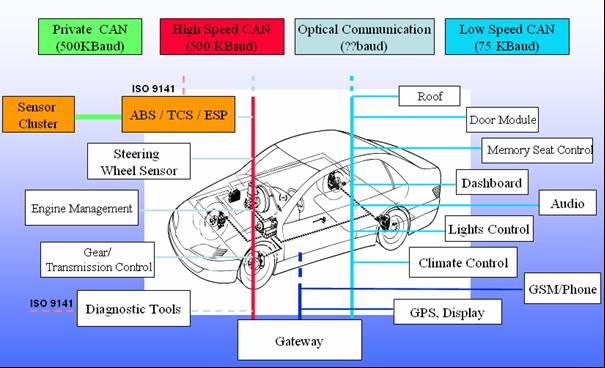
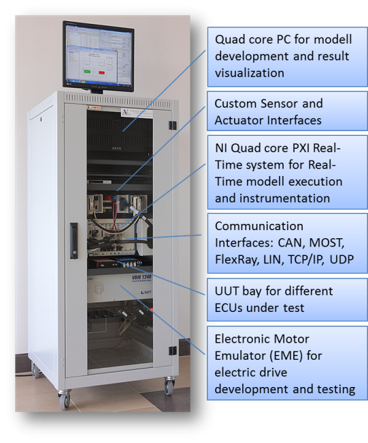
Developments, projects
- Development of NI HIL simulation and test environment Simulation environment based on components of National Instruments hardware (NI PXIe) and software (NI LabVIEW, TestStand, VeriStand) which facilitate the development of electronic control units (ECU). Furthermore the execution of automated verification and validation tests is supported to be able to also run vehicle dynamic simulations used in HIL tests (Tesis veDyna).
- CAN error generator system FPGA-based error generator system which can process and modify CAN messages in real time even with 1Mbit/s baud rate.
- Development of ABS ECU HIL test environment Integration of ABS Electronic Control Units (ECUs) into HIL simulation environment. Execution of tests for traditional communication- (investigation of answers and communication errors for different stimulus), new vehicle dynamic- and maneuver-based test cases.
- Development of Sensor Cluster HIL test environment Implementation of automation test environment for sensor cluster which contains acceleration, temperature and yaw angle sensors used in safety systems. The test steps which was executed by testers manually are automated and orders to test sequences.
- Battery Testbench Development of HIL testing environment for Electronic Battery Sensor (EBS) which allows real time to charge and discharge the accumulators with optional, high dynamic characteristics. The whole CAN and LIN communication of the test process furthermore the voltage and current values from accumulator are recorded with high sampling rate (ms below). Different frequency and signal analysis are accomplished automatically on recorded data and reports can be generated. The outputs created by the system can be read with those programs which are spread in the automotive industry (CANoe, CANalyzer).
Project
- TAMOP-4.2.1/B-09/1/KONV-2010-0003: Mobility and Environment Researches in the field of motor vehicle industry, energetics and environment in the Middle- and West Transdanubian Region
References
- Continental Automotive Hungary Ltd.
- Robert Bosch Ltd.
- TDK Epcos Ltd.
- Valeo Electronics Ltd.
- Burns Automotive Ltd.
- dSpace GmbH.
- National Instruments Hungary Ltd.
- Maxon Motors Ltd.
